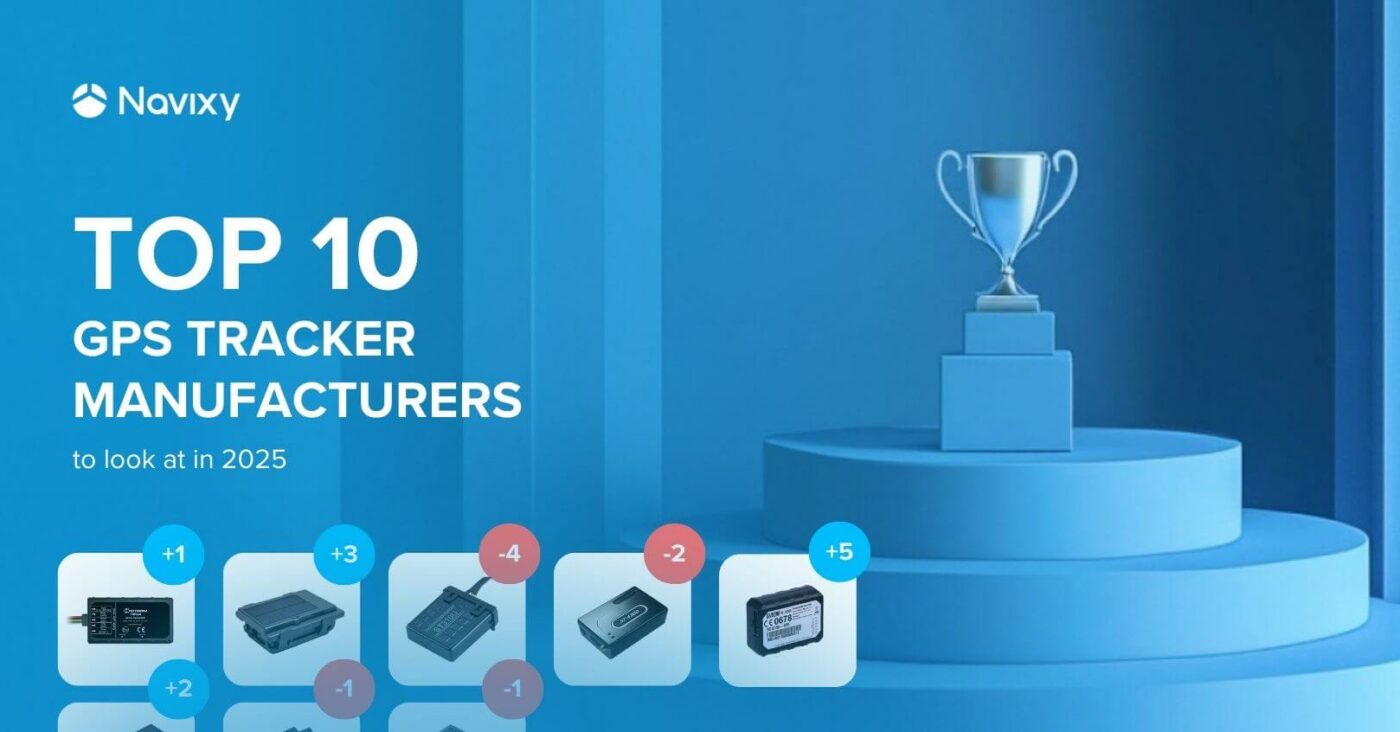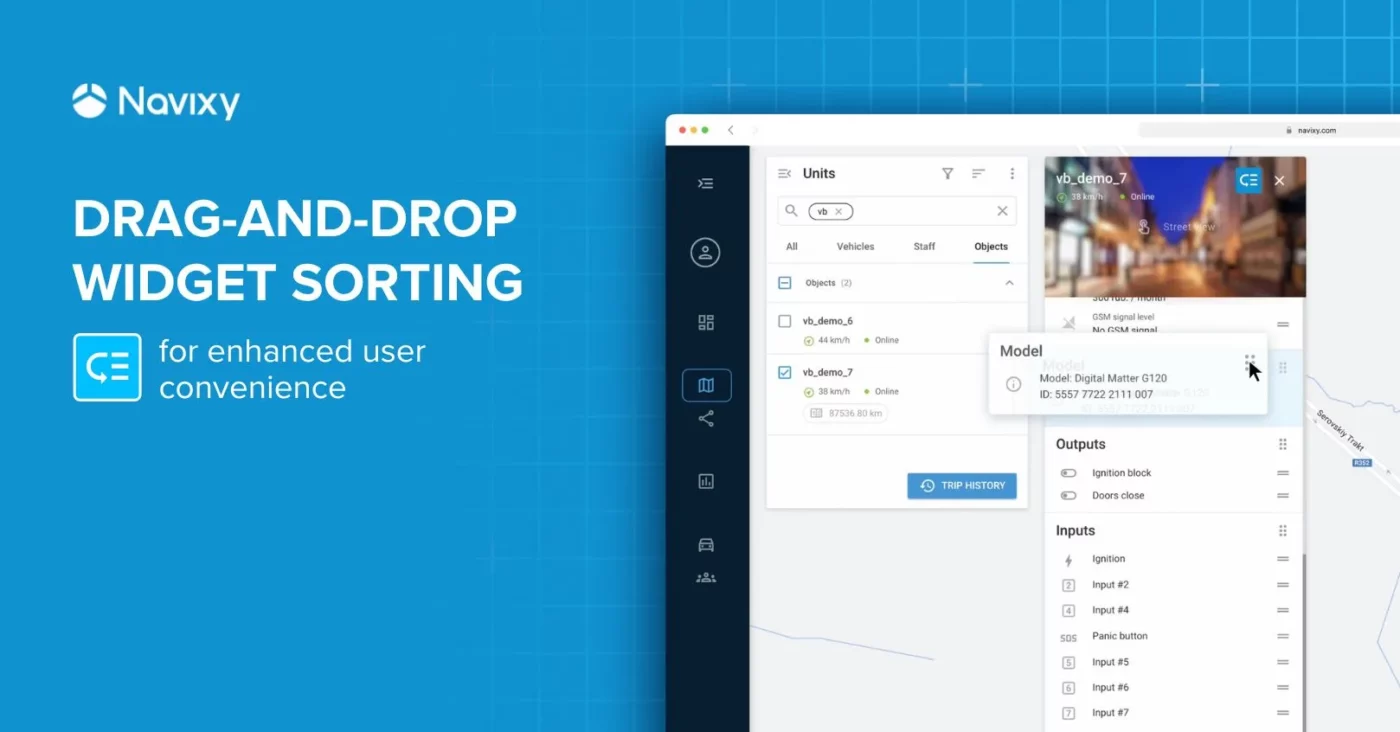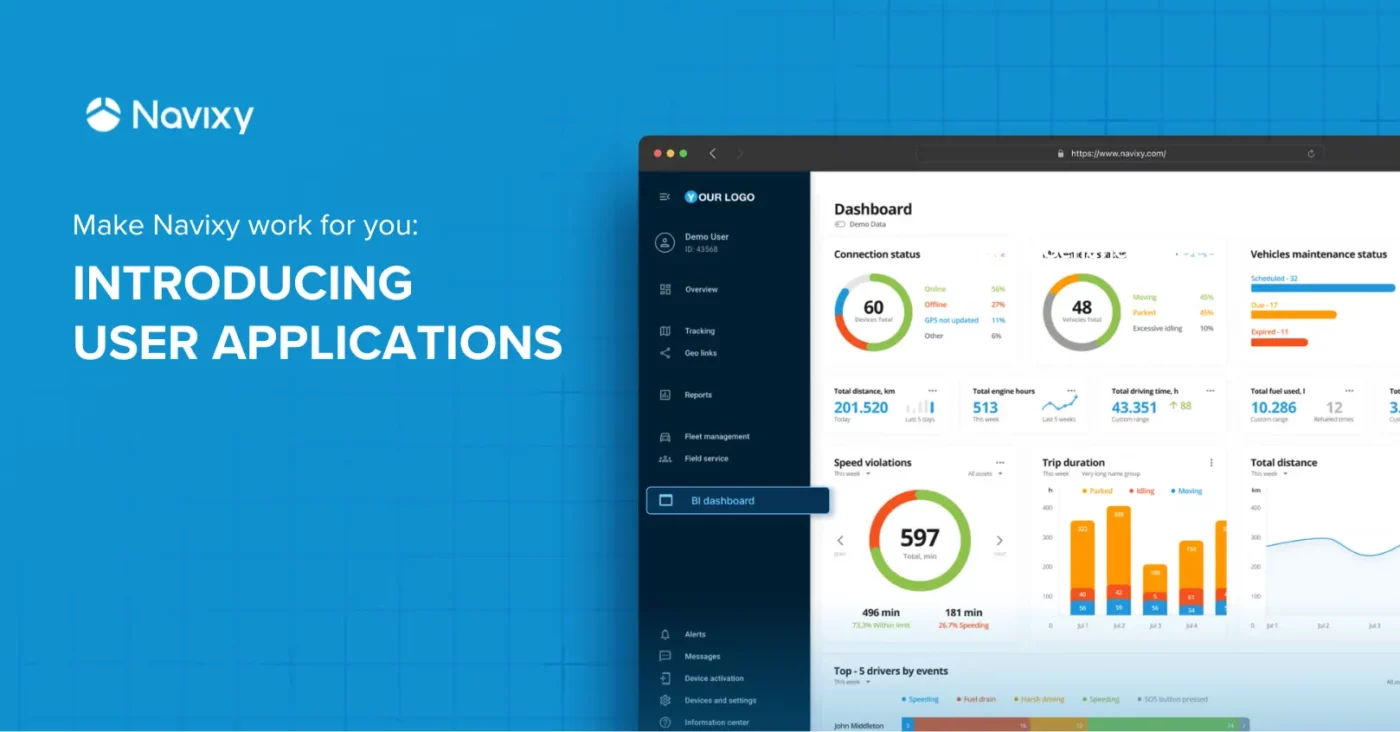What is telematics? Webster’s dictionary defines telematics as...no, it’s not going to be one of those articles. Today we want to give telematics the attention it deserves, which can’t be contained in one sentence. To do so, we’ll turn to available technologies, telematics software, advantages, and drawbacks — if any.
Telematics definition
Telematics is a blend of telecommunications + informatics, making it “computerized telecommunications”. Still too techy? Well, the “telecommunications” part means that telematics allows to send, receive and collect enormous data from sensors and devices. The “computerized” part indicates that the information can be viewed directly on the screen of your desktop or smartphone. Basically, telematics means machine-to-machine (M2M) communication, tracking, monitoring and remote management for vehicles and various mobile assets.
Telematics vs IoT
What’s the difference between Telematics and IoT? Telematics is a part of the Internet of Things. It covers the area related to sensors and GPS trackers for:
- fleets
- trucks
- refrigerated trucks
- special vehicles
- agricultural machinery
- construction equipment
- buses, passenger vehicles
- car-sharing
- private cars
- stationary assets
- containers
- trailers, etc.
Telematics and telemetry
Telemetry sounds similar to telematics but has a different meaning. Literally translated as “remote measurements”, telemetry covers only a part of telematics involved with sensor readings and the obtained data.
What is telematics system?
A telematics system is a special platform or software, that receives data from a telematics car tracker or mobile devices, and displays it in user interface. The telematics software is instrumental in collecting this data and sending the commands to the vehicles and assets, browsing through real-time or past trips, generating alerts and providing in-depth analytics.
Navigation from telematics: how GPS tracking works
GPS tracker is a cornerstone of fleet telematics and asset tracking. The main goal of this compact device is to show the location of remote objects: people, vehicles, containers, heavy machinery, etc. and to transmit the vehicle data to the telematics platform.
GPS is the Global Positioning System compiling 24 satellites to pin the exact coordinates of objects, enable accurate mapping, etc. The American-based GPS is one of a few Global Navigation Satellite Systems (GNSS), followed by Russia’s GLONASS (24 satellites), China’s BeiDou (35) and European Union’s Galileo (22). Modern devices receive data from all the available satellites, yet the feature is still commonly referred to as GPS tracking.
A GPS tracker picks up data signals from the satellites. This tracking method allows the biggest location accuracy (16 to 80 ft) but it’s not the only tool to pin the location. GPS trackers can utilize Cell towers data, while mobile devices also track location via WiFi and bluetooth hotspots. These options are usually leveraged when GPS is not available: inside the malls, underground parking lots or subways. Again, we commonly say “GPS tracking” even when referring to the comprehensive multi-channel personal tracking, vehicle tracking, asset tracking, cargo tracking and container tracking in particular.
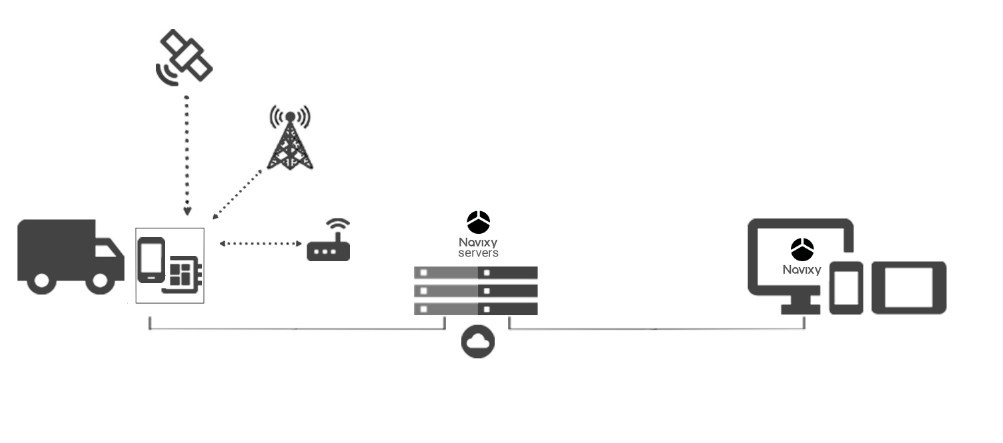
Connected to the telematics platform, GPS coordinates convert to rich location-based functionality:
- real-time location tracking,
- trips logging/ELD and playback
- route optimization
- route deviation alerts
- geofencing and POI
- Visits: location, time, duration
- business/ personal/ total mileage
- navigation
- automatic reports
A GPS tracker is also a communications hub between the sensors and the telematics software platform. To connect and get started with this irreplaceable device on Navixy, have a look at our video How to activate a GPS tracking device in 60 seconds. If you need help on how to select a GPS tracker, please visit the Devices section.
What is vehicle telematics?
Besides GPS location, telematics provides a 360o view of the fleet and assets, transmitting the data from vehicle sensors. Here are some of the most popular fleet management features.
Vehicle security
- Unauthorized movement
- Tow detection
- Engine block
- Crash detection
- Driver ID
Efficiency and costs
- Fuel monitoring
- Engine hours
- Eco driving
- Maintenance
- MIL/ DTC error codes
- PTO and output management
- Tyre pressure
- Axle load
- Route optimization
Road safety
- Harsh driving
- Accident prevention (ADAS)
- Fatigue driving
- SOS button
- Headlight and belt alerts
- Breathalyzer
Compliance
- Tachograph
- Driver journal
- Vehicle inspection
- Data forwarding
When connected to the sensors, the telematics platform can display the data via widgets, instant alerts and automatic reports. A manager can check it real-time in the web version or via a mobile app for supervisors. Employees also have a mobile app which is designed to connect mobile workforce with the back office and partially cover the features of a GPS tracker. When vehicle telemetry is provided through mobile phones instead of IoT hardware, it’s called smartphone-based telematics.
Mobile Telematics: how does telematics app work
Unlike GPS trackers, smartphones and tablets can’t connect to the vehicle dashboard directly. However, modern mobile devices boast a rich set of built-in sensors:
- GPS receiver
- accelerometer
- gyroscope
- digital compass
- proximity sensor
- magnetometer
- fingerprint sensor
- Near Field Communication (NFC)
- ambient light sensor
- back-illuminated sensor
These and the elimination of hardware costs are why smartphone-based vehicle telematics takes the fleets by storm. Thanks to GPS connectivity as well as location tracking by LBS, mobile apps grant outstanding tracking accuracy and the above listed location-based functionality.
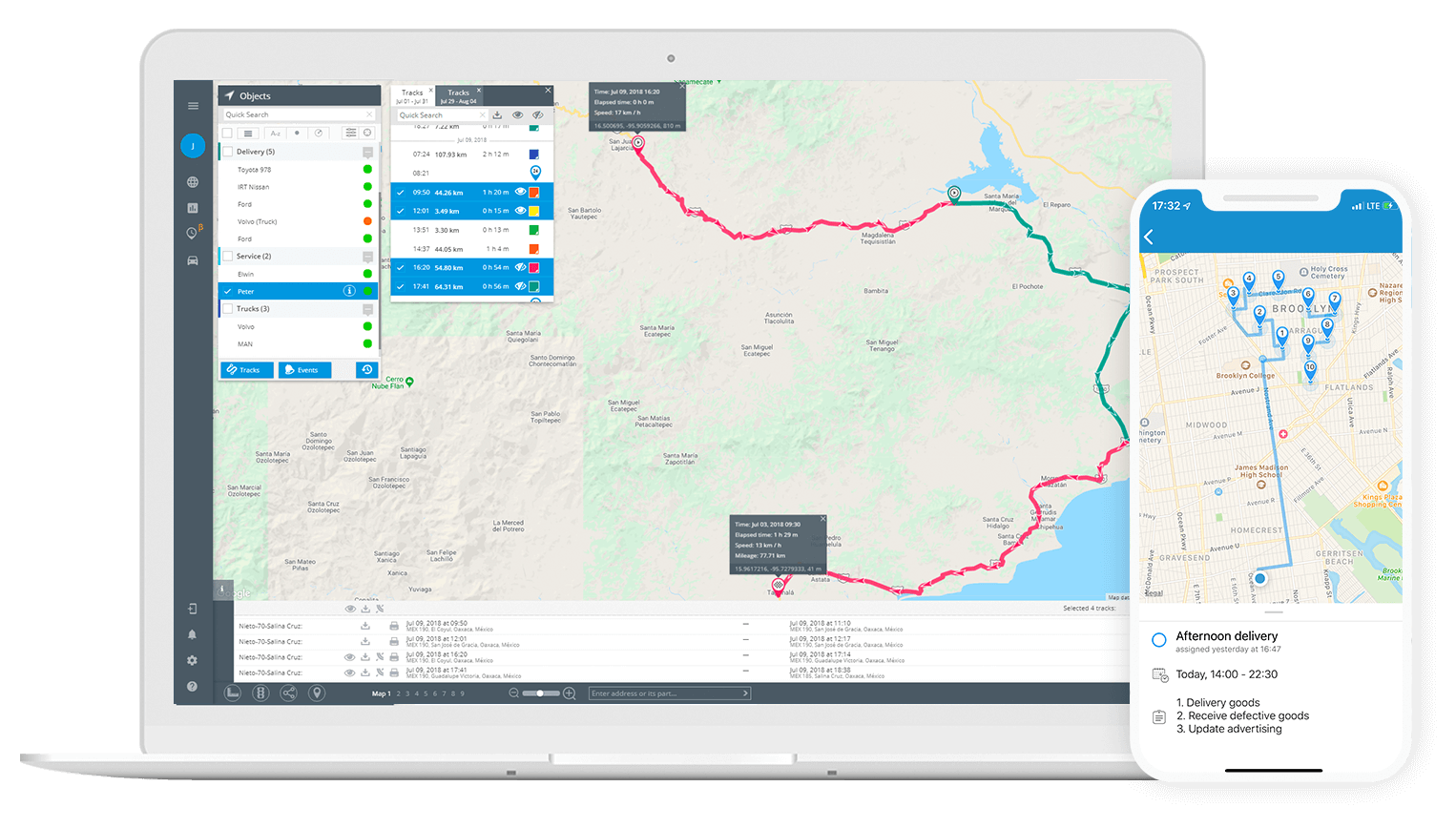
Using the data from the gyroscope, magnetometer and accelerometer, the telematics software detects speeding to foster eco-driving. This data is utilized to calculate penalty points and alarm on aggressive driving.
Is mobile app better than a GPS tracker? Choose the option depending on customer needs. Mobile telematics technology by Navixy provides a rich set of tools for mobile workforce management and is an absolute lifesaver for sales reps, field engineers and other mobile teams. GPS trackers pursue the vehicle-oriented approach, providing telematics in cars 24/7. Remote fleet management solution by Navixy brings efficiency, safety and security for all kinds of fleets, from logistics to special machinery and passenger fleets.
Asset monitoring and remote management
What’s the difference between GPS tracking and asset monitoring? GPS tracking is knowing where mobile resources are at any given time. Asset monitoring is knowing their conditions too. By asset tracking we understand the tracking of any mobile objects, usually other than vehicles: equipment, containers, trailers, freight, etc.
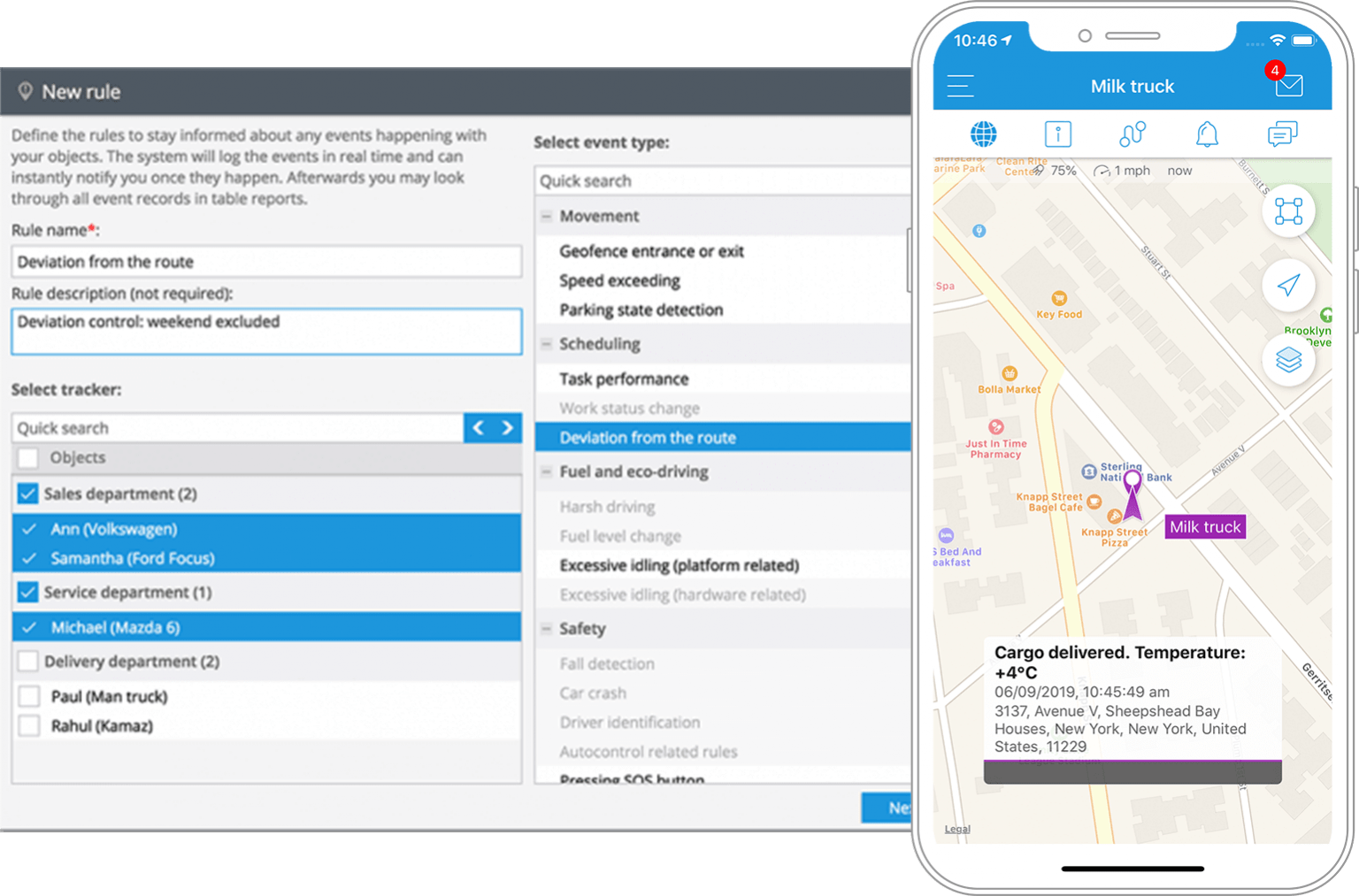
Asset management provides total visibility of operations, where and for how long any mechanism has been used. Besides monitoring, the asset management telematics maximizes the assets protection with geofencing and POI, allows to access some mechanisms remotely and takes care of the transported goods:
Cargo safety features
- Trailer coupling/ uncoupling
- Fall detection
- Doors opening
- Light detection
- Temperature/ humidity sensors
What is Insurance telematics
Telematics gave rise to Usage-based insurance (UBI) or pay-as-you-drive insurance, a budget-friendly option for fleets and logistics.
How to lower your vehicular insurance premium?
Insurance providers launch telematics based programs for fleets equipped with IoT equipment: ADAS, engine immobiliser, driver ID, etc. ADAS and breathalyzer (ignition interlock) maximize on-road safety. Driver ID, tow detection and other anti-theft features improve vehicle security, while engine block also helps to recover the stolen asset.
Insurance providers can apply behavior-based telematics. It considers the employees’ driving score, time, duration and location of the trips. This type of insurance telematics will work with both vehicle and smartphone telematics.
Benefits of using telematics for fleets and assets
Despite telematics being efficient and affordable, almost 40% of fleets aren’t using even the basic GPS functionality. Let’s see the main hurdles and questions that fleet owners and businesses might have.
Is telematics really useful?
This is how telematics works in real life
- Reduced fleet costs: telematics service allows to reduce idling, unauthorized trips, fuel expenses, downtime and calculate accurate compensations.
- Protected vehicle and cargo: real-time telemetry and alerts will provide ultimate protection against vehicle, fuel and container theft or frauds.
- On-road safety: spot reckless drivers to prevent accidents. Safeguard employees with emergency button, ADAS, breathalyzers, etc.
- Compliance: follow national and local regulations with telematics software or hardware solutions, i.g. tachographs, ELD, pre-trip inspection forms, etc.
- Great customer service: optimized routes and POI management will guarantee faster delivery and smart transparency for customers.
- Digital workflow: trip data logging, automatic reports, easy planning
So basically, yes, it’s very useful for every company that wants to spend its budget wisely, be an efficient and compliant business, and guarantee safety for drivers and passengers.
Telematics and privacy
The perks like operational transparency and automatic logging might take aback the new users: “Am I being watched online” or “what if this data will be hacked”? And it can be the case with low-quality telematics software providers. At Navixy we apply the secure by design approach, guaranteeing that your customers data will always be unavailable for any malicious users. Set access rights and choose how to host your solution: SaaS, Cloud service or Stand-alone.
Is telematics expensive?
At Navixy we are committed to providing the best prices for every telematics solution provider. Contact our sales to help us provide the best offer. If you are a business owner looking for the telematics software, we’ll gladly suggest the best partners in your region.
